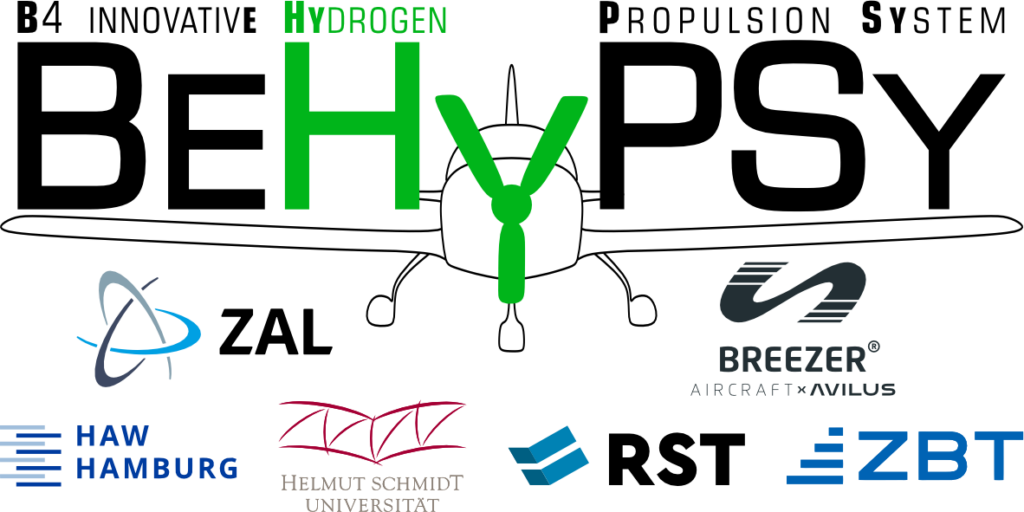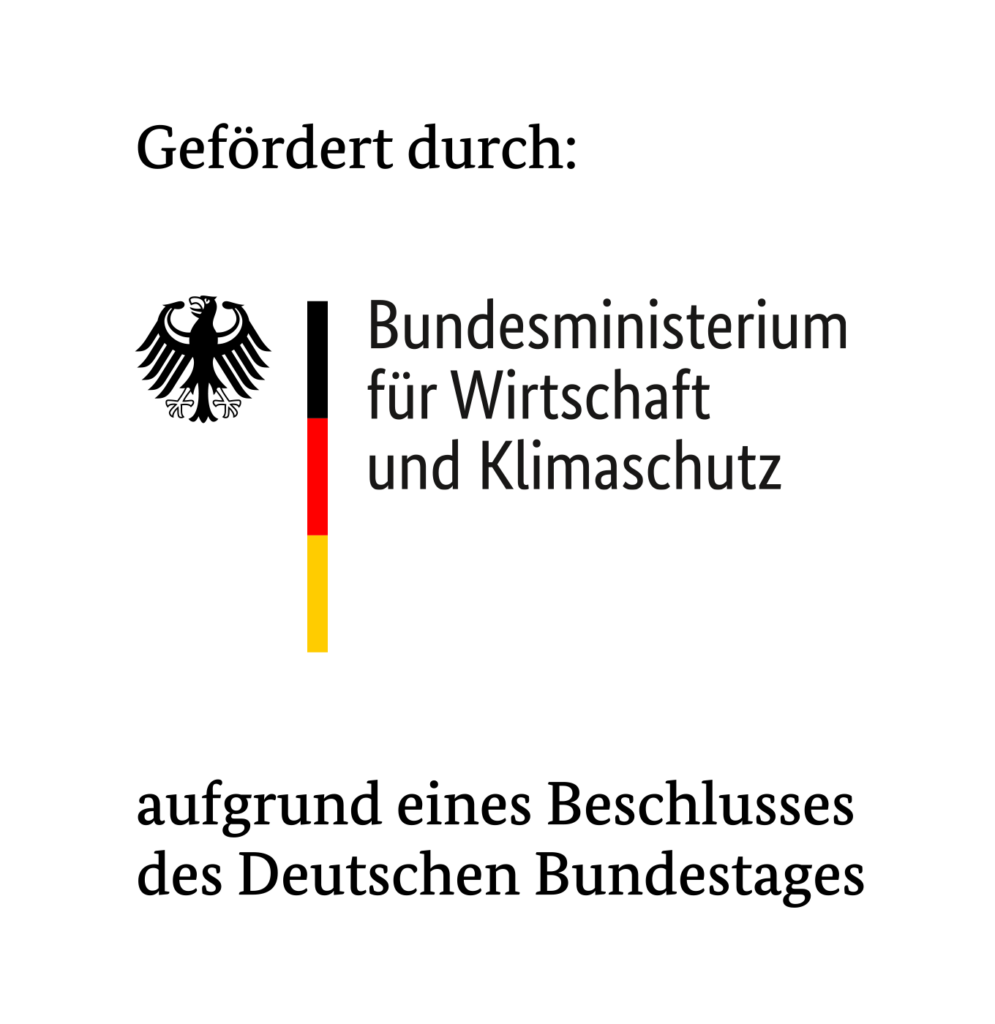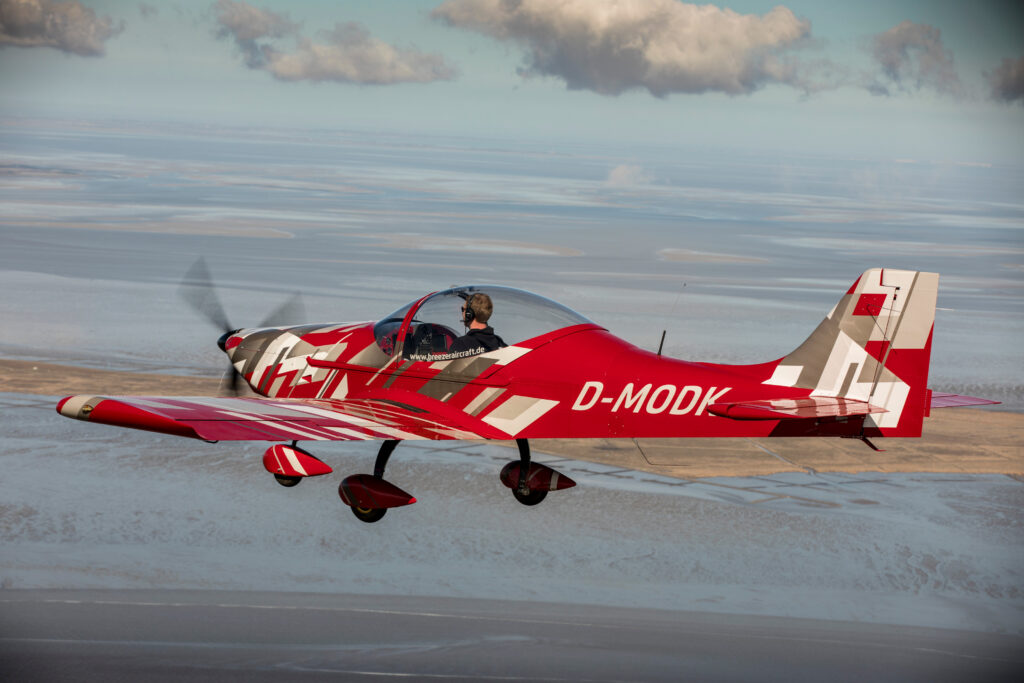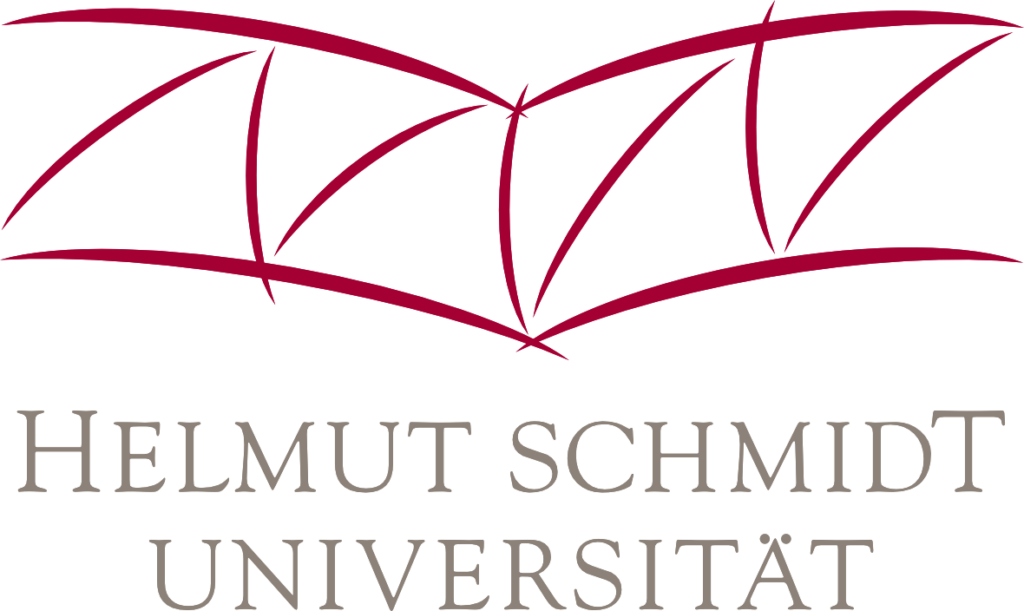
In the project BeHyPSy, we are researching the development, integration and testing of an innovative propulsion system for ultralight aircraft (UL) based on hydrogen as an energy source. The drive system is being demonstrated and validated in a laboratory demonstrator and its scalability is being demonstrated. Thanks to the knowledge gained in the laboratory on the basic design and component layout, a suitably dimensioned drive system can be realized within this research project.
The sub-project “Design and protection analysis of electrical energy systems in multi-string propulsion systems” by the Chair of Electrical Energy Systems at Helmut Schmidt University/University of the Bundeswehr Hamburg in the joint project BeHyPSy involves the design and protection analysis of the electrical energy system for a novel multi-string aircraft propulsion system based on hydrogen as an energy carrier, from conceptual design to integration and system validation in the airframe.

To optimize power density and redundancy, an architecture of independent power strands is planned. Each of these consists of a fuel cell stack, a power flow controller and an inverter as well as one winding sub-set of a multi-3-phase electric motor. In the project, the HSU is developing a system of parallel power flow controllers, called motor string power control units (MSPC), and inverters, called motor control units (MCUs), which are tailored to the specific requirements of the drive system architecture.

In the project, HSU carries out development activities, creates functional models, sets up a power-hardware-in-the-loop assembly test bench to validate the functional models and makes functional models available to the partners. In addition to the hardware design of the MCU and MSPC, the development activities also include the development of innovative control schemes and protection concepts for the energy system of the new drive train. One focus of the development activities will be the synchronization of the independent strings working in parallel. In order to test different MCU- and system architectures and control approaches and to determine a suitable design concept, models for simulating the energy system of the innovative drive concept will be developed and simulated. The system design and the developed control structures are validated on a system test bench. HSU is also looking at the integration of batteries or supercapacitors as buffer storage for load-peak-shaving.
Considering the imminent challenges associated with decarbonizing the aviation sector, this fuel cell-electric UL aircraft being developed within the consortium signifies a significant contribution to the field of technology testing, as it will be subjected to realistic conditions.
Project duration 05/2024 – 07/2027
Project management: Prof. Dr.–Ing. habil. Detlef Schulz
Contact: [email protected]
Project consortium:
Funding body: Federal Ministry of Economics and Climate Protection (BMWK), FKZ 20M2249D
Funding volume of joint project approx. 4.6M€, of which funding volume of HSU sub-project approx. 1.4M€

Letzte Änderung: 27. February 2025







